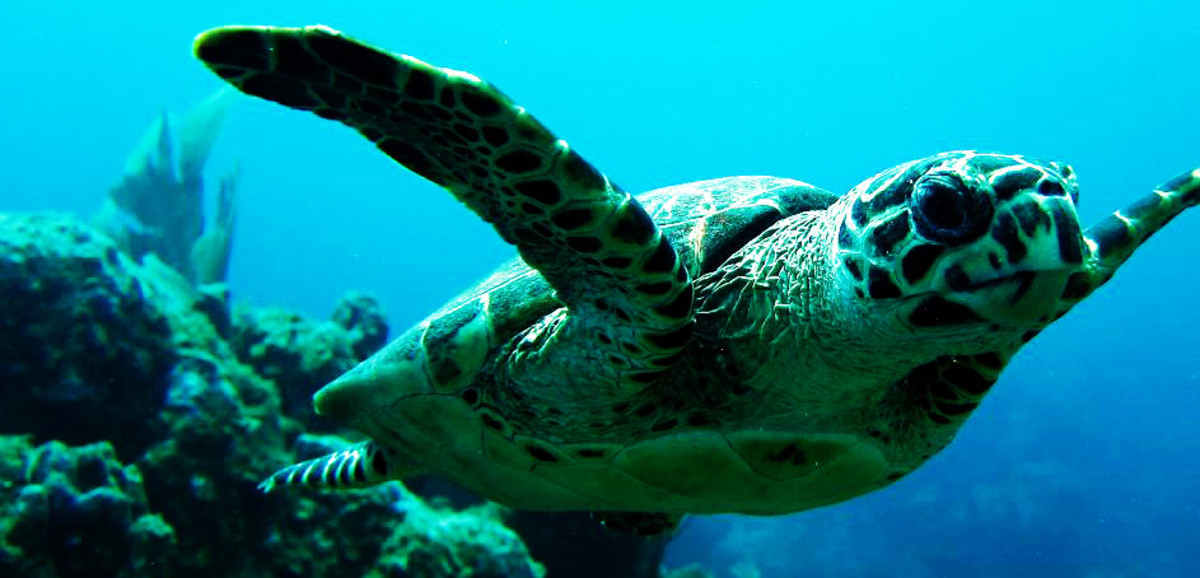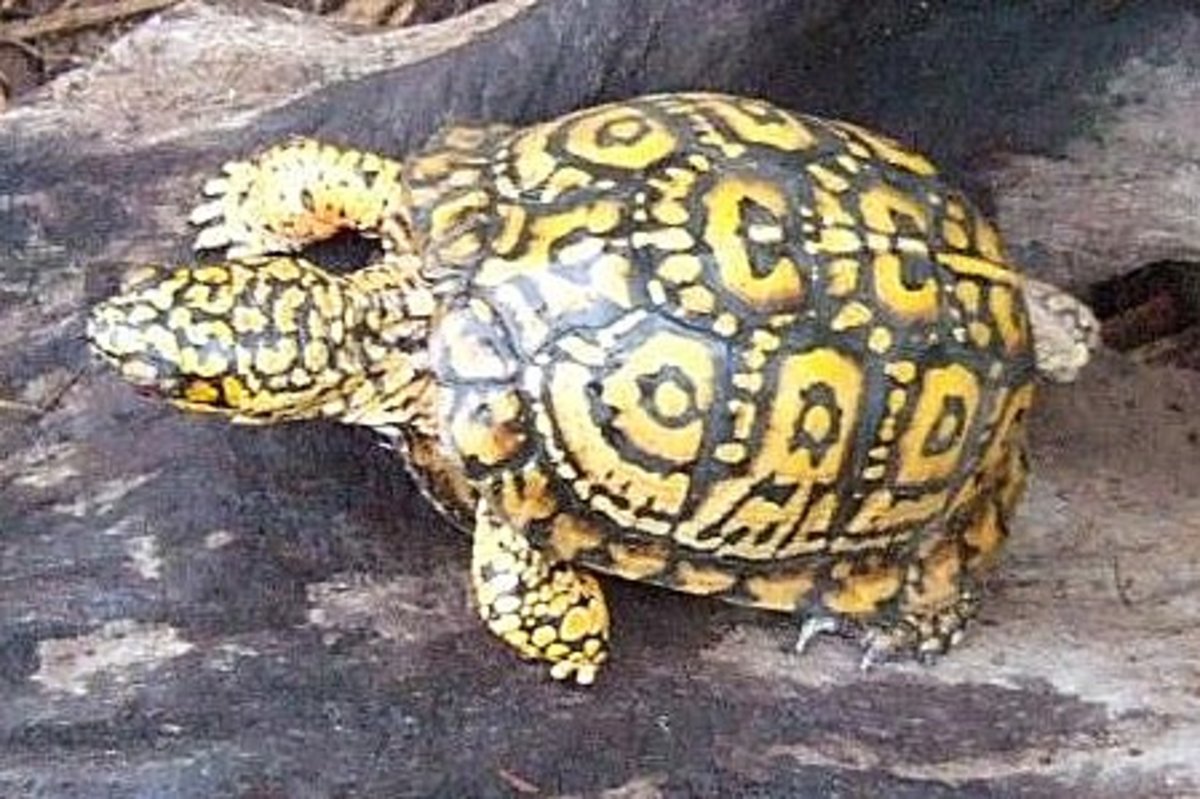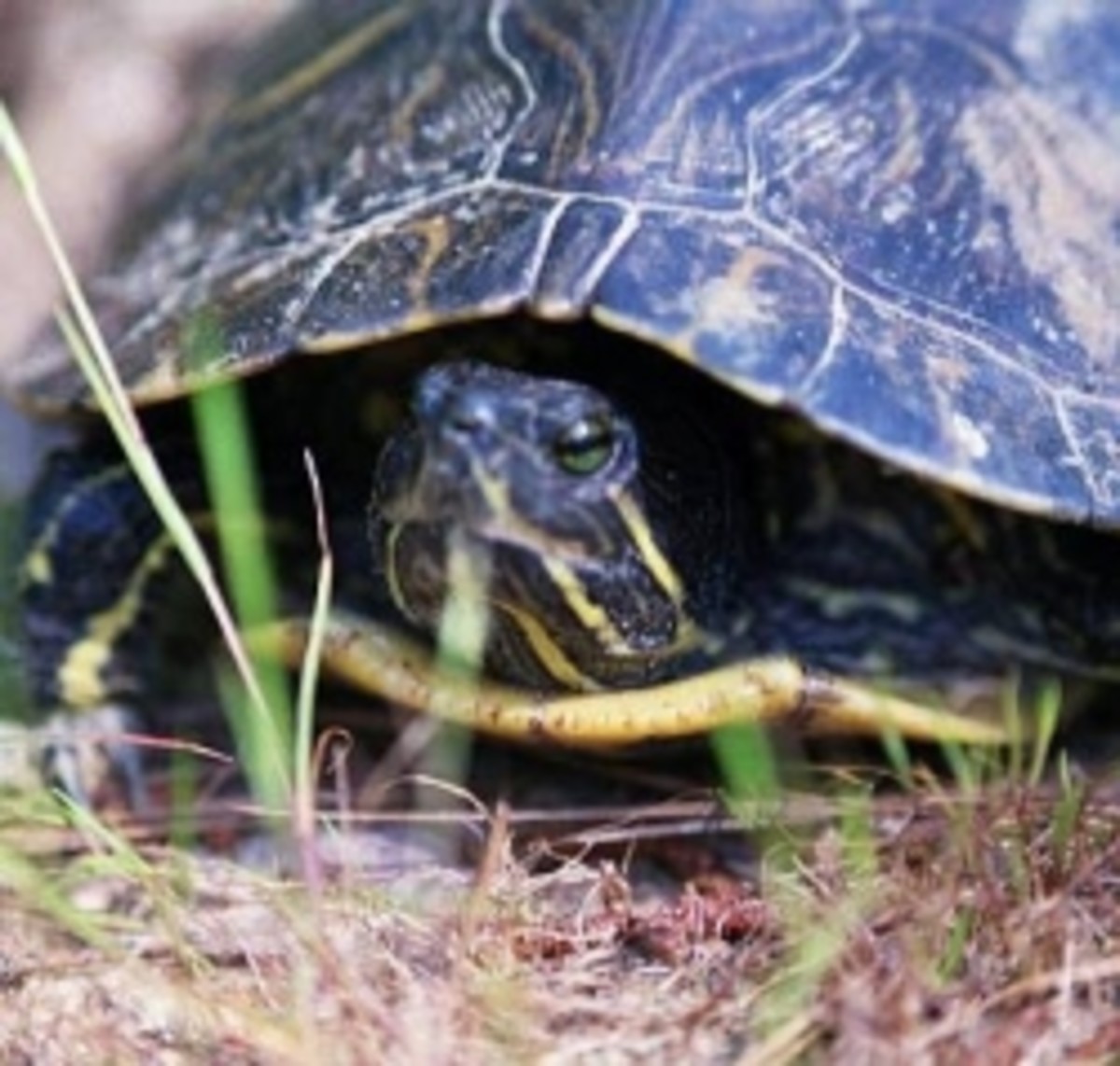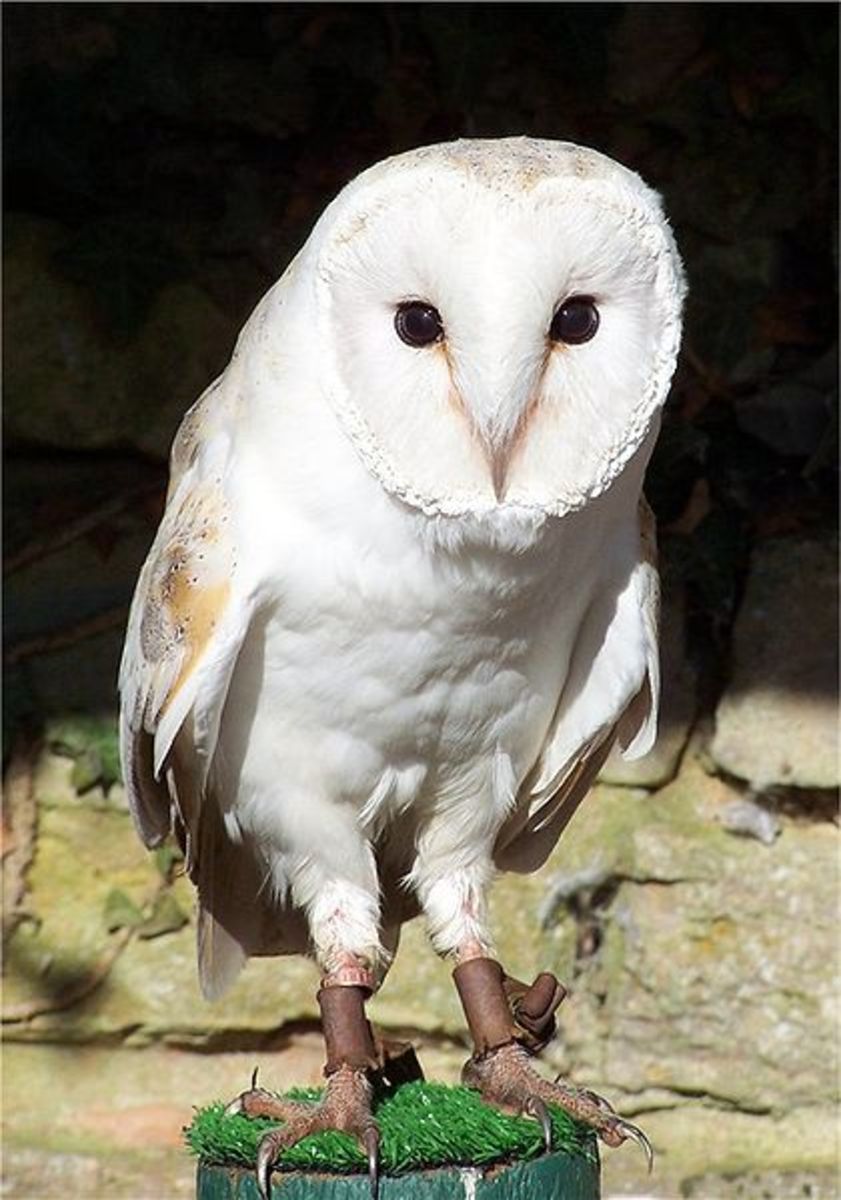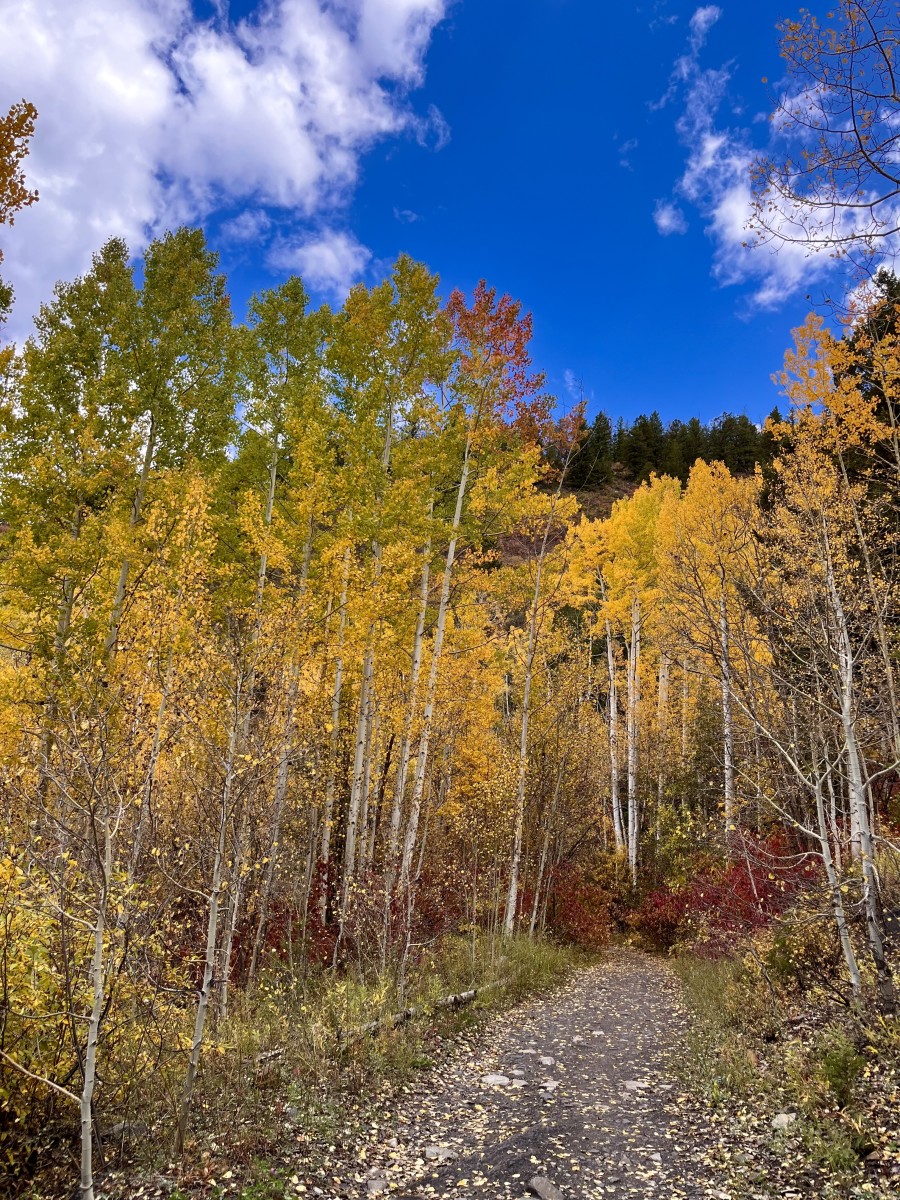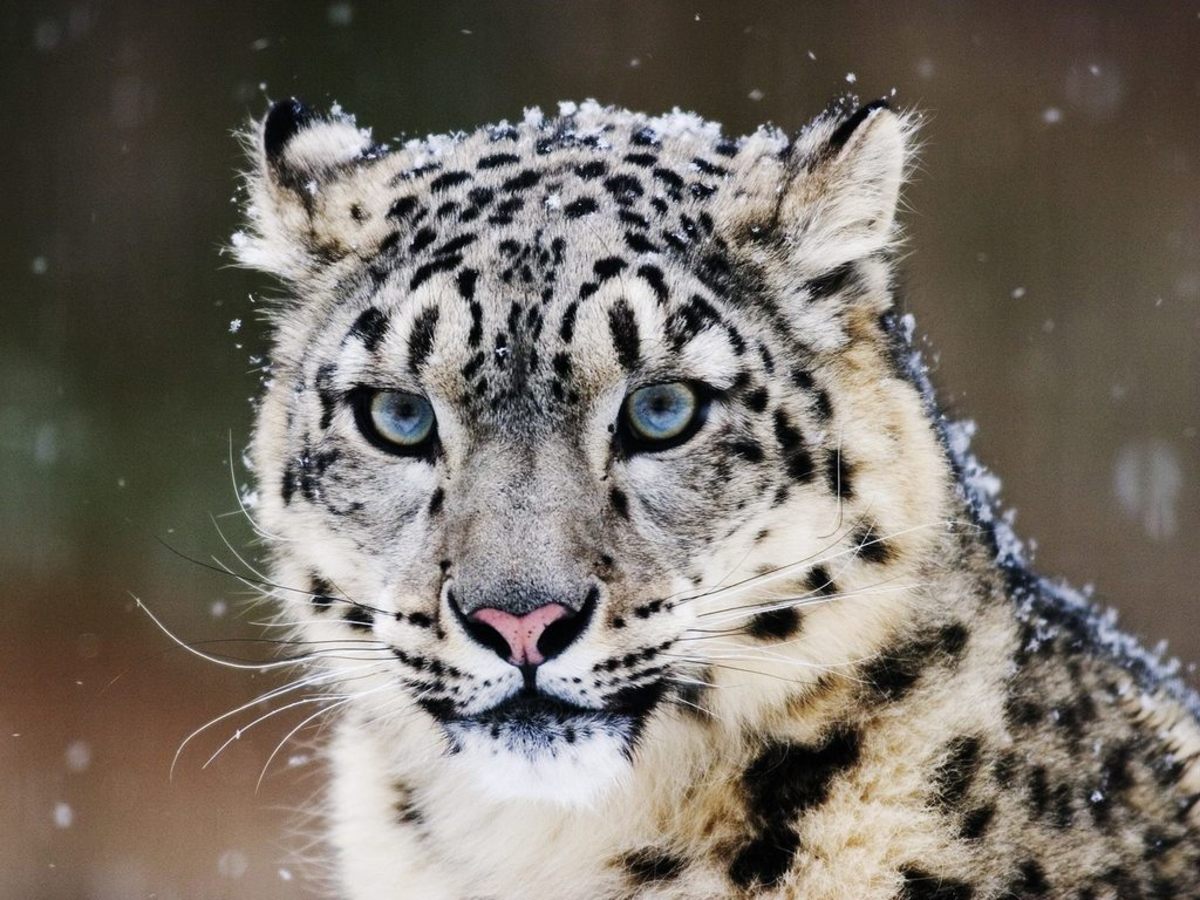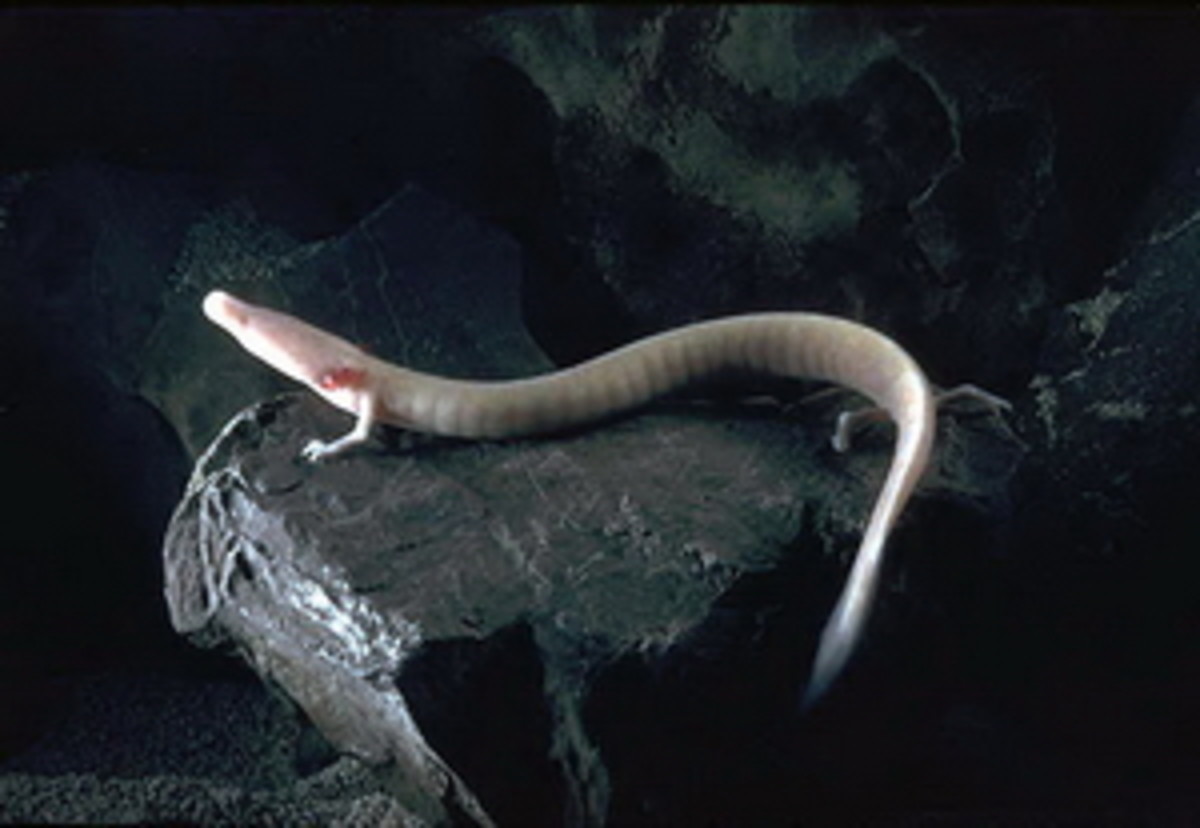- HubPages»
- Education and Science»
- Life Sciences»
- Endangered Species
Information About The Most Endangered Tortoise And Turtle Species
Lonesome George, the last tortoise of his kind

What turtles and tortoises are the most endangered?
After writing the article, 10 Reasons Not To Buy A Pet Turtle Or Tortoise I was asked by a reader to write an article about the names of the most endangered tortoise species. While I could compile a list, it would be a lot easier to list the least endangered species, because there are so few that are not in danger of extinction. In fact, I know of no species of tortoise that is doing better in our human centered world of overpopulation and over development. Some turtles are doing better because of humankind's environmental manipulation, namely Red Eared Sliders and Snapping turtles. Most other types of turtles are in the same rapid decline as their dryer tortoise cousins. I will do my best to put forth some analogies of some species that have been doing better and some that are doing worse. Also, it should be noted that some wild caught specimens should never be bought as a beginners pet. Captive bred specimens (if such a designation can truly be verified) are the best pets to buy. Some species, such as the South American Red Foot, are in danger of disappearing from their native range both for being collected for the pet trade and for over-collection for food for the nearby communities. But here in the U.S. many breeders have successfully started a viable population to be sold without directly pressuring the wild population, at least in theory!
Take for example, the Sulcatta. Sometimes called the Spur Thigh or African Spurred Tortoise (though there is another species also referred to as the Spur Thigh) the Sulcatta Geochelone Sulcatta is doing quite well everywhere except Central Africa, where it is originally from! The Sulcatta is one of the most popular of the large tortoise species for sale in the pet trade. Ironically, because of drought and famine the tortoise is quickly on the decline in Ethiopia and other parts of it's native range. While here in the States you can find babies for $50 a pop! They breed like reptilian rabbits with annual clutches of up to 20 eggs! So in this example, the Sulcatta is in danger of disappearing from it's native range, while it is being bred to abundance here in the United States.
Compare that to the Madagascar Spider Tortoise. Like many of the amazingly beautiful tortoise species from Madagascar, they are in decline from overabundant collection for the pet trade as well as destruction of clutches by exotic predators like swine. The Madagascar Spider Tortoise only lays 1 egg per year, only one! You will find these tortoises for sale online sometimes for in the thousands of dollars. There are breeders out there who have successfully maintained a private stock and who control the marketable population much the same way the diamond families control their prices. By only releasing a few into the market at a time. These reptiles are the victims of the one-two punch of over collection and habitat loss. Not to mention the low blow of exotic predation thrown in.
I would be remiss to not mention my favorite tortoise species, the Box Turtle. They have several subspecies Terrapene Carolina Major, Terrapene Carolina Carolina and Terrapene Carolina Bauri to name a few. You may have noticed that these tortoises are called "turtles" because in the States most people don't know the difference and just call them all turtles. The difference is that tortoises are mainly terrestrial and turtles are mainly aquatic. Some species are almost perfectly both like the Blandings Turtle or the Wood Turtle. But the Box is almost completely terrestrial. Box turtles are still abundant in a few places here in the U.S. I've been looking for them in the wild all my life and have never seen them there. I have seen them grossly abused in ten gallon tanks. A box turtle may have a native habitat of over several acres in the wild, and for some reason people plunk down a few bucks for a ten gallon tank and they think they can house one efficiently. This is partly the consequence of the tragic name "Box Turtle". There is a reason pet stores secretly refer to the ten gallon as the "Ten Gallon Torture Tank".
As I mentioned earlier, not all species of turtles are doing poorly. The Red Eared Slider Trachemys Scripta Elegans has stormed Normandy for crying out loud! That is, the Red Eared Slider, a Southern and Midwestern American turtle native, has conquered habitat all around the planet. Reports from Europe have claimed that they are pushing out the native turtle species because of their high egg count reproduction. Again, there are also reports of this species in decline in much of it's native habitat, even as it invades the rest of the world!
Another species that is doing alright is Chelydra Serpentina or The Snapping Turtle. The reason this species is doing so well while just about every other species of turtle and tortoise is in decline is two fold. One, they are mean mothers! Ask anyone who's ever seen one up close, they look the part and act the part of a Snapper! Two, they take advantage of man-made waterways such as canals and artificial ponds quickly unlike many other species.
If you were inspired by this article, check out Ben Zoltak's first eBook
Sea Turtles are also endangered
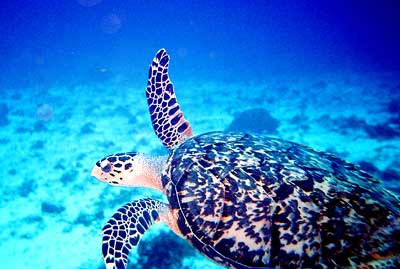
Giant Galapagos Tortoises, though protected, are still endangered.
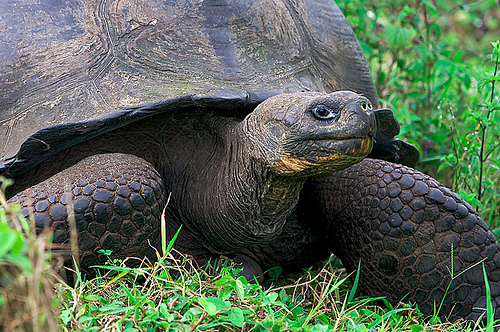
More Information About Endangered Tortoise And Turtle Species
As I said earlier, it is much easier to list the few species of turtle and tortoise that are doing alright, rather than list all those endangered or threatened because nearly every species of turtle or tortoise is in decline. Here's where the debate is though, as far as I can tell. As of today, February 8, 2010 the world human population is just a few million under 7 billion. Out off the coast of Ecuador, on the Galapagos Islands, lives the last specimen of Geochelone nigra abingdoni and his name is aptly, Lonesome George. He is the last of his kind. Though several other species of Galapagos Tortoise survive and even thrive under protection, Lonesome George stands alone against the backdrop of seven billion screaming, bomb dropping, lawn mowing Homo Sapiens Sapiens. Most of his kind were eaten by hungry sailors or the exotic swine the humans left behind.
Let's not forget the sea turtles. While a few fish trawlers have begun to use turtle "excluder" devices, not all do. Sea turtles habitats continue to be tread upon by beach goers, their dogs and their SUVs. Some arribadas (the Spanish word for the egg hatching period) are supervised by the same communities that eat the eggs, in order to replenish the population. This is an example of a sustainable policy for the sea turtles, an example to be held in high esteem.
No one likes doom and gloom. Ultimately I believe turtles and tortoises will survive the devastation of human overpopulation. Sadly, I believe the rich diversity found in the many forms and colors of these wonderful Chelonians may be lost. But there is reason to believe they will survive. They made it past whatever killed the dinosaurs anyway!
Here is a list of some of the many species of endangered turtles and tortoises in rapid decline around the world:
- Giant Galapagos Tortoise - Geochelone Nigra
- Chilean Tortoise - Geochelone Chilensis
- Red Footed Tortoise - Geochelone Carbonaria
- Yellow Footed Tortoise - Geochelone Denticulata
- Yellow Spotted Amazon River Turtle - Podocnemis Unifilis
- Arrau River Turtle - Podocnemis Exapansa
- Gopher Tortoise - Gopherus Polyphemus
- Desert Tortoise - Gopherus Agassizii
- Coahuilan Box Turtle - Terrapene Coahuila
- Blanding's Turtle - Emydoidea Blandingii
- Wood Turtle - Clemmys Insculpta
- Spotted Turtle - Clemmys Guttata
- Asian Brown Tortoise - Manouria Emys
- Impressed Tortoise - Manouria Impressa
- Travancore Tortoise - Indotestudo Forstenii
- Indian Star Tortoise - Geochelone Elegans
- Indian Roofed Turtle - Kachuga Tecta
- Big-Headed Turtle - Platysternon Megacephalum
- African Pancake Tortoise - Malacochersus Tornieri
- Angonoka Tortoise - Geochelone Yniphora
- Radiated Tortoise - Geochelone Radiata
- Giant Aldabra Tortoise - Geochelone Gigantea
- Marginated Tortoise - Testudo Marginata
- European Pond Turtle - Emys Orbicularus
- Spanish Pond Turtle - Mauremys Leprosa
- Leatherback Turtle - Dermochelys Coriacea
- Hawksbill Turtle - Eretmochelys Imbricata
- Loggerhead Turtle - Caretta Caretta
Update September 2011
After rereading this article, I realize that it would be very helpful to potential turtle tortoise buyers to have a more handy, and qualitative resource on which turtles and tortoise are most endangered. I have found a great chart in all places at none other than Wikipedia. Though I wouldn't recommend Wikipedia for every type of research, it does have a wonderful chart on the vulnerability and endangerment of all animal species to be found on the upper right corner of each article. But don't take my word for it, check it out here!
More articles by Ben Zoltak
- Creative Inspiration and Motivation: What it is! (an...
Close-up from Ben Zoltak oil painting Over the years, as someone who enjoys painting and writing, I have been asked, - Pricing For Creatives: How To Price Quote An Art Com...
When I meet someone from around the world, someone not from my home country of the USA and I tell them I am an artist they tend to ask a question that my countrymen don't often ask. Namely they ask, what is... - High Speed Analysis Of They Might Be Giant's Song: C...
10 Minutes to perturbation and transmutation. T h E y MiGhT bE GiAnTs My original intent with this hub blog article was to try to write a fast, creative, off-the-cuff-if-you-will pool of verbiage unabashed... - Death By Texting: Driving Distractions On The Road
Little known to most HubPages officianados, Ben Zoltak is not only an eccentric oil painter and creative writer, he also teaches Driver's Education. That's right, let the demystification begin...now. ...


